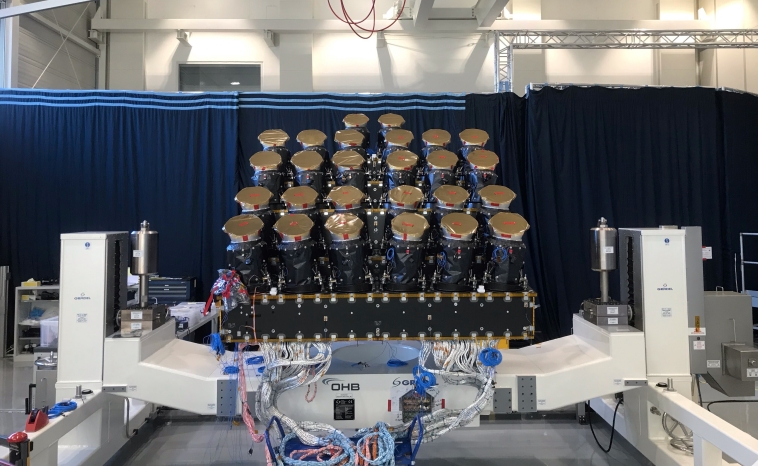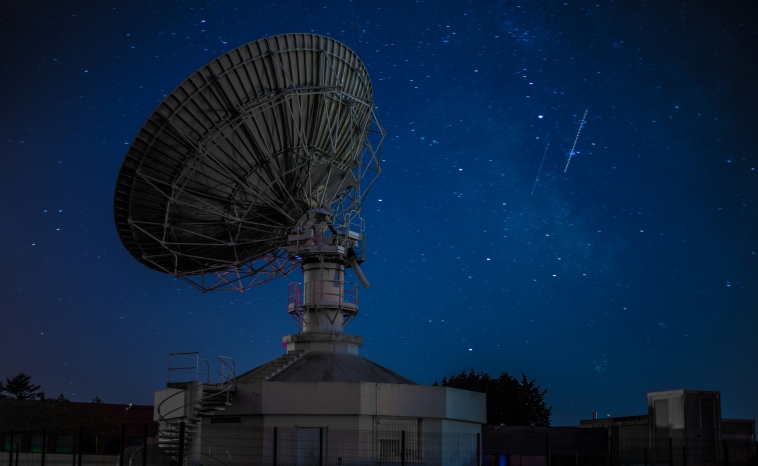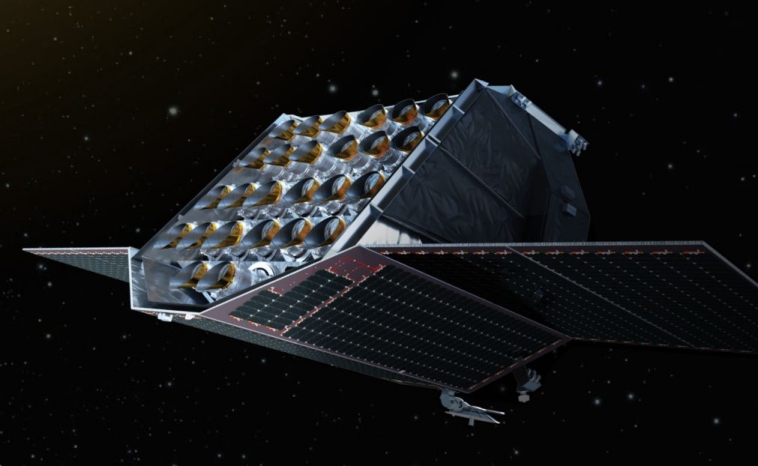What Is PLATO?

In this article, we’ll take a closer look at the science and objectives behind the ESA’s upcoming exoplanet-hunting PLATO mission.
As we gaze into the vast expanse of the cosmos, our curiosity about what lies beyond our solar system intensifies. Enter PLATO, a mission set to broaden our understanding of the universe and potentially uncover evidence of life beyond Earth.
What Is the PLATO Mission?
PLATO (PLAnetary Transits and Oscillations of stars) is a forthcoming mission being developed by the European Space Agency. Scheduled to launch in 2026, the mission aims to identify and examine exoplanets, with a focus on rocky terrestrial planets orbiting stars similar to our sun.
To achieve this, PLATO will utilise the most extensive digital camera system ever deployed in space to gather light from 26 compact telescopes. These telescopes will observe over one million stars simultaneously, searching for tiny dips in brightness that occur when an exoplanet passes in front of its star.
What Are Exoplanets?

Exoplanets are planets that orbit stars outside our solar system. They come in various sizes and orbits – some within the so-called habitable zone of their host stars, where conditions may be suitable for life to exist.
The discovery of exoplanets has opened up an entirely new field of study, providing insight into the diversity and complexity of planetary systems beyond our own. The PLATO mission aims to expand this knowledge even further, potentially uncovering the tantalising possibility of habitable exoplanets.
How Will PLATO Work?

Credit: ESA/OHB
Credit: ESA/OHBThe PLATO spacecraft will take up position at the Sun-Earth L2 Lagrange point, approximately 1.5 million kilometres from Earth. From this vantage point, it will continuously monitor a large portion of the sky for at least four years. During this time, the mission’s telescopes will observe and collect data on exoplanet transits, as well as the oscillations of stars caused by the gravitational pull of orbiting planets.
The data collected by PLATO will allow scientists to identify exoplanets and gather information about their size, mass, and orbit. Additionally, the mission will also be able to measure the oscillations of stars, helping us understand how planets form and evolve in different environments.
What Are the Objectives of PLATO?
PLATO’s objectives extend beyond merely discovering exoplanets. It aims to characterise these planets’ host stars and understand the planets’ frequency and characteristics using the transit method and asteroseismology. One of its key goals is to significantly enhance our understanding of planetary systems’ origin and evolution. The mission also aims to identify and study Earth-sized planets in the habitable zone of their stars, where liquid water could potentially exist on the surface.
However, PLATO’s scope is not limited to exoplanets. It will also observe other phenomena, such as stellar activity and variability, eclipsing binaries, and gravitational microlensing events. This allows for a more comprehensive understanding of the universe and its many wonders.
What Is the European Space Agency?

ESA Director General Josef Aschbacher standing in front of the ESA Headquarters in Paris, France. CREDIT: ESA - D. Dos Santos
ESA Director General Josef Aschbacher standing in front of the ESA Headquarters in Paris, France.CREDIT: ESA – D. Dos Santos
The European Space Agency (ESA) is an international organisation dedicated to space exploration. It’s responsible for numerous missions that have expanded our knowledge of the universe. ESA’s Cosmic Vision programme, which includes the PLATO mission, is one of its many pioneering initiatives.
With its headquarters in Paris, France, ESA consists of 22 member states across Europe. Despite its name, ESA also collaborates with countries outside of Europe, including the United States and Canada.
Will PLATO Find Evidence of Life Beyond Earth?

While PLATO’s primary purpose isn’t to find extraterrestrial life, its mission could bring us closer to answering this age-old question. By studying terrestrial exoplanets in the habitable zone of solar-type stars, PLATO may discover planets with conditions suitable for life as we know it.
Nevertheless, finding evidence of life beyond Earth is a complex and ongoing endeavour that requires the collaborative efforts of multiple missions and scientific disciplines. PLATO’s role in this pursuit is crucial, but it’s only one piece of the puzzle.
OSR Star Finder

The PLATO mission represents a significant step forward in our quest to understand the universe. Its findings could redefine our understanding of planetary systems and potentially reveal life-sustaining planets beyond our solar system.
Are you ready to explore the stars from the comfort of your backyard? Then check out OSR’s Star Finder App and start your celestial journey today!


